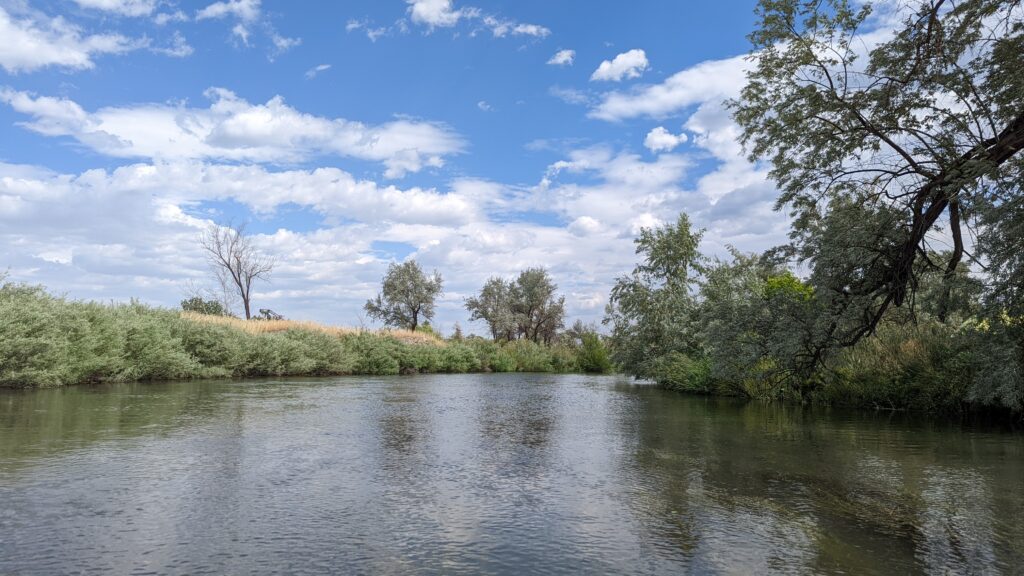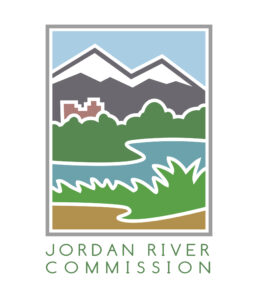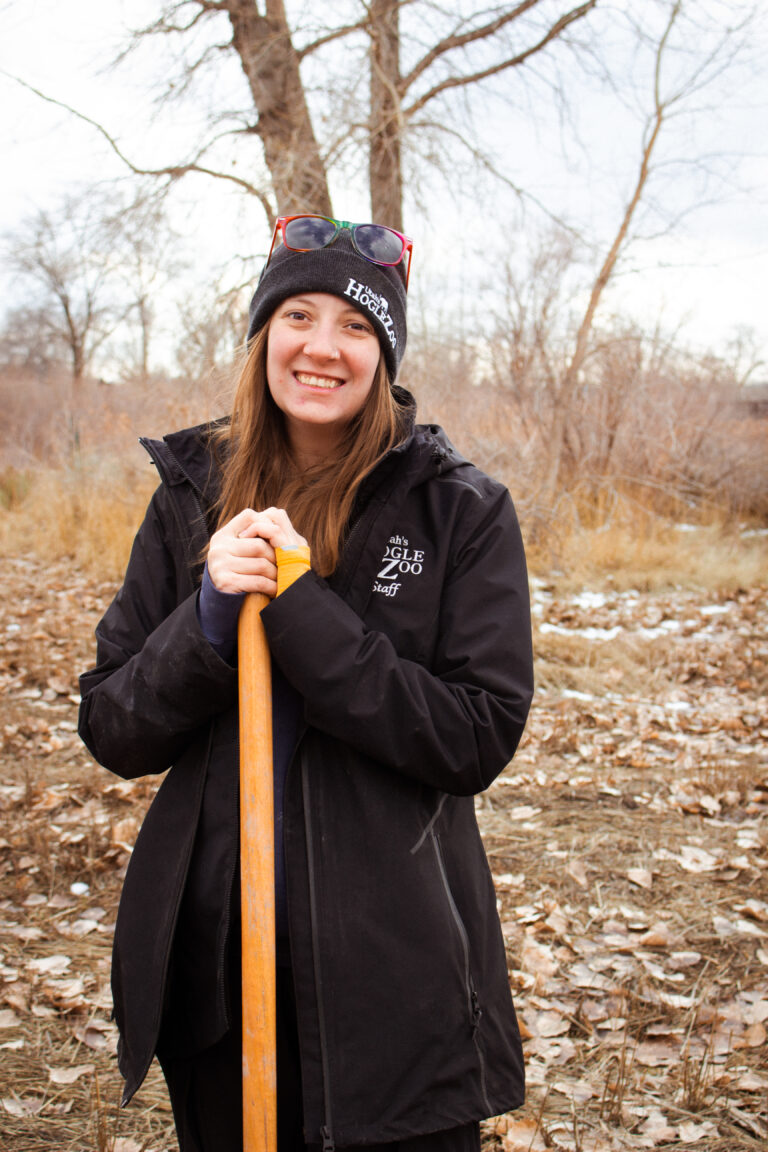You can help our conservation efforts by making a tax-deductible donation to Utah’s Hogle Zoo.
Utah's Hogle Zoo
Conserving the Jordan River




